National Trust insights on creative industries and heritage
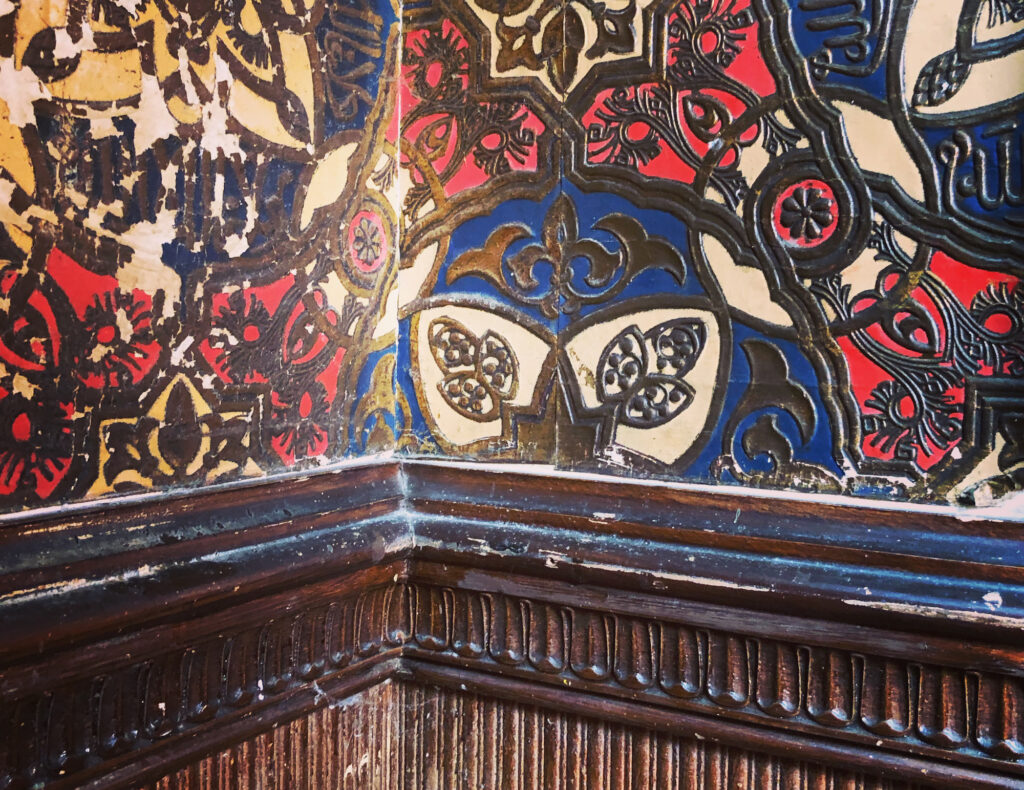
In August the National Trust made a submission to consultation on the Victorian Government’s next creative industries strategy, Creative State. Our submission builds on recommendations made by the National Trust in 2019 to the last Creative State Strategy (2020-2025). For this next strategy we note that cultural heritage is a vital part of the creative industries sector. It is essential that cultural heritage is embraced and championed as part of the upcoming Strategy to ensure the creation of diverse and inclusive creative practice and communities, to provide opportunities for a sustainable creative future, and to broaden the employment opportunities for creative practitioners. See our response to the Discussion Paper themes below.
Home Grown World Class
There are a number of existing global networks of creative practice available to tap into through the cultural heritage sector and Victoria has world class areas and sites already in the global spotlight because of their cultural heritage values. These include:
- The International National Trusts Organisation (INTO) which brings the global National Trust family together to share knowledge and tools for the protection of cultural and natural heritage. The National Trust of Australia (Victoria) is a strong part of this network.
- UNESCO has 43 Cities of Design and of the six within Australia, four are located in Victoria – Bendigo, Ballarat, Melbourne and Geelong. Access to this global network of resources and recognition should not be underestimated. The Cities of Design provide an opportunity to celebrate our design history and innovative creative practices distinct to Victoria.
- World Heritage Sites. The Royal Exhibition Building (REB) is a perfect creative industries hero that can be used as a platform for celebrating and supporting creativity in Victoria and Australia. In the same way the Creative State Strategy should support First Nations in their care and management of the World Heritage values of the Budj Bim cultural landscape which was inscribed on the World Heritage list in 2019 for its Outstanding Universal Value.
- World Heritage Nominations. There are three World Heritage nomination processes currently underway in Victoria which also provide opportunities for funding and employment in creative industries and particularly cultural heritage practice. These are: The Victorian Goldfields’ Tentative Listing submission for consideration by the Victorian and Australian governments. The Victorian Trades Hall, along with the Broken Hill Trade’s Hall, will be Australia’s contribution to a transnational (sites across Argentina, Denmark, Belgium, Finland, the United Kingdom, Canada and Australia). World Heritage List nomination of workers’ assembly halls; and a taskforce for World Heritage listing of Australia’s portable and pre-fabricated structures has been operating since 2021.
A Creative Society for all Victorians
The Australian Heritage Festival
We invite Creative Victoria to partner with the National Trust in delivery of the annual Australian Heritage Festival (AHF), a successful program that reaches a diverse audience and communities across Victoria in celebration of cultural heritage each year. Each National Trust administers festival events and programming in their respective states and territories. The AHF in Victoria is coordinated by the NTAV and is the only dedicated state-wide celebration of cultural heritage in the state. The AHF brings together First Peoples, local community groups, local councils and libraries, site managers and creative businesses in a state-wide celebration of cultural heritage and particularly reaches regional areas. The Victorian AHF runs across four weeks from 18 April to 18 May. In 2024 the NTAV received over 300 event registrations.
Embracing Place
The understanding of place is a fundamental principle of managing cultural heritage.
Creative activities and projects that embrace place utilising cultural heritage foster a multi-disciplinary and collaborative approach, supporting inclusivity, recognition of diverse values and providing meaningful connections to communities. There is no place that demonstrates this approach better than Garambi Baanj/Laughing Waters Cultural Precinct established by InPlace. This precinct brings diverse values and communities together through an understanding and sensitive response to place to create a connected, vibrant and welcoming creative place. We applaud the support Creative Victoria has already provided to this precinct and encourage the continuing support and investment into such projects and places.
Support regional heritage sites, museums and cultural institutions
Heritage sites, museums and cultural institutions play an important role in providing access to creative industries for all. Places that celebrate and explore our heritage, allow communities to showcase their identity and distinctiveness, contributing to connectedness and wellbeing. They also provide numerous opportunities for diverse audiences, including children and families to access arts and culture and provide employment opportunities for creatives throughout the State.
Innovative and Thriving Creative Organisations and Businesses
The provision of innovative and thriving creative organisations and businesses can be realised through supporting collaboration and sharing collective knowledge across sectors. The cultural tourism industry, as well as conservation practice, are two areas that require input from multiple creative disciplines that can foster this collaborative approach.
Cultural Tourism and Heritage Site Management
Heritage places make great places to visit and experience and can be supported by a diverse range of creative industries to contribute to a thriving cultural tourism industry. Organisations such as the National Trust need support to help activate properties, look after collections, tell stories and provide programming – all creative endeavours.
Creativity and innovation in the interpretation of heritage places and collections, in particular, provide clear career pathways for creative practitioners in the cultural tourism industry. Rippon Lea is a key National Trust property demonstrating the breadth of creatives employed in activating a cultural heritage site. Areas of expertise required for the operation of this nationally significant site include collections management and curatorship, interpretation, historic garden care and management, hosting of events, filming, exhibitions and building conservation works.
Share the Conservation Journey
Bringing people on the conservation journey at cultural heritage sites also provides diverse experiences and engagement for audiences with a range of creative practices on display. This is clearly demonstrated by the process of reconstruction of Notre Dame after fire, which has been on show and captivated audiences worldwide. Visitors to heritage places no longer just want to see a completed project, they want to see the artisans, engineers, architects, tradespeople and conservators involved in the conservation and activation of the place and have insight into their skills and craft – a transparent and behind the scenes experience – much like the completion of Sagrada Familia in Barcelona that attracted repeat visitation by people who wanted to keep up to date with progress at the cathedral was being completed.
St James in Brighton is our own Notre Dame which has been tirelessly undergoing reconstruction since it was all but destroyed by fire in 2015. Numerous artisans and traditional tradespeople have spent years restoring stonework, decorative plaster, mosaic, stained glass, and tiles, to name a few, providing a rare opportunity to learn from the past masters who built the church in the 1890s.
The National Trust is applying this access and interpretation to conservation in action at Waller House, Ivanhoe with Conservation Tours. These tours not only share the history of Waller House but bring people on a journey with the National Trust as we navigate management and conservation of this special place into the future.
However, there are numerous similar projects in many towns and suburbs with magnificent buildings that are languishing due to lack of funding for restoration works. For example, conservation of the interior murals at St Mary’s Catholic Church, Bairnsdale would create an amazing opportunity to employ conservators and artisans for years on the restoration work, with opportunities for partnering with training institutions to provide a real-life project for conservators and artisans in training.
Victorian Heritage Restoration Fund
Creative Victoria could partner with the Victorian Heritage Restoration Fund (VHRF) to deliver a funding program for restoration projects involving employing people in creative practice such as the decorative arts and traditional trades to undertake conservation works. Established in 2013, the VHRF is a Committee of Management providing a program of restoration grants to local government Councils for heritage places in private or public ownership. The VHRF incorporates values to be a leader in innovative heritage investment, to facilitate heritage-led investment into historic suburbs and townships, and to ensure best-practice heritage conservation work.
The VHRF currently offers grants to restore eligible heritage places for six Councils: Melbourne, Merri-bek, Yarra, Greater Bendigo, Ballarat and Casey. The Fund is administered by the National Trust of Australia (Victoria) and their services include secretariat support to VHRF, financial administration of all funds under control, expert assessment and advice on all grant applications, grant administration services and VHRF website maintenance. The VHRF is already well placed to administer a Statewide restoration grants program. Between 2013 and 2015 administered the State Government’s Places and Objects fund for heritage places.
Sustainable Creative Careers
There are a number of creative practices involved in cultural heritage care, activation and management, providing numerous opportunities for employment of people with creative skills and training. Over the last few years, the National Trust has seen more people from creative undergraduate courses such as interior design, creative writing and film, seek career paths in cultural heritage. Three strong creative pathways in the cultural heritage field are outlined below:
- Traditional Trades
Traditional trades and skills are required for conservation of heritage sites. Skilled traditional tradespeople are artisans and should be valued and supported as such. “Crafts” in Japan refer to skills obtained through a long tradition and from the point of view of cultural policy, artistic crafts represent tangible cultural heritage and the skills for making crafts represent intangible cultural heritage. Traditional tradespeople are therefore valued for their contribution to maintaining cultural identities. In Australia, if cultural perceptions shift to value the skills more broadly than just ‘heritage’ skills (similar to Japan) – people are more likely to aspire to them and be supported in this creative career path. The National Trust invites Creative Victoria to partner with them in their “Como Approach” initiative – to value and support these traditional tradespeople into the future by building networks, supporting career paths and advocating for training in conservation and traditional trades in our TAFE institutions.
- Decorative Arts
There are multiple benefits and opportunities to provide broad access to creative industries through a focus on decorative arts and their restoration. Funding for projects in this area would not only provide avenues for employment and training opportunities in creative industries, but it would also reinvigorate existing creative spaces with particular benefit in regional areas. Early theatres, cinemas, civic buildings and even churches are often key community gathering and arts spaces in suburbs and towns. These civic and arts buildings often features fine decorative finishes to the exterior and interior utilising many artisan and craft skills such as decorative paint finishes and plasterwork, joinery, leadlight and stained glass, lighting, metalwork, stonemasonry, exterior render mouldings, tiling and mosaics to name a few. Contemporary artists working in these mediums often have the skills to undertake restoration work, which will enrich and diversify their skills base for future conservation projects and new commissions, creating more employment opportunities and a more sustainable career in the arts. An example where this could occur if funding support was provided is Horsham Theatre. Built in 1926 this building is the main cinema and theatre space in Horsham and contains impressive interior plaster decoration, original lighting fixtures and an art deco facade, all requiring restoration. A project such as this would create employment for artisans and craftspeople, engage the community in creative practice and revive an important arts space for the Horsham area.
- History and curatorship
There is a lot to be gained in learning from the past to develop knowledge of a craft and provide inspiration for new art and design. For that reason, the National Trust would like to see Creative Victoria promoting and supporting the role of historians and curators in Creative Industries and Practice. By delving into our past makers, arts and materials we make emphatic the work of many hands – both historical and contemporary – whose presence can be seen and felt in our places and collections. At Waller house in Ivanhoe, exploring the artist occupants (Napier Waller, Christian Waller, Klytie Pate and Lorna Waller and their circle of fellow artists) and the creative practice carried out there, is providing a compelling story that artists and designers of all ages want to engage with. There are numerous stories of prominent creatives in towns and suburbs and creators of our heritage places that contributed to the fabric we see today in our heritage buildings and streetscapes and many are yet to be uncovered. The history and interpretation of these is essential in valuing our creative past and the people that shaped Victoria’s identity and learning from them to create our future.

National Trust, costume collection
Creating in a Changing World
Creative industries can combat the impacts of climate change by facilitating and supporting innovative thinking about the interface of heritage and new design and adaptive re-use of existing buildings for art spaces.
The interface of Heritage with new design
A key deliverable in the National Trust Advocacy Strategy (2024-2028) is to lead the conversation in the interface between heritage and design in multiple creative disciplines including architecture, urban design, landscape design, fashion and product design. We invite Creative Victoria to support the National Trust in partnering with creative and design bodies and educators in this endeavour. Victoria can be a design leader in how we innovatively combat climate change and support sustainable creative practice. An important part of this will be advocating for design education that trains students to work with existing built fabric and materials with a focus on repair, re-use and recycling rather than only knowing how to replace and build new. Working with existing buildings and materials creates a problem- solving mindset and this is when innovation happens. Creative Victoria can play an important role in encouraging this through creative industries.
Adaptive re-use of existing buildings
An extension of this is the encouragement of adaptive re-use of heritage places for creative spaces. Heritage places are well suited for creative activities. They inspire and enrich our experience and can bring an underutilised place back to life to secure its protection into the future. It is also important to acknowledge that the places that house creative industries form part of that creative practice. The National Trust believes there should be incentives for the adaptive re-use of heritage places/spaces for the creative industries including undertaking access works to enable access for all. Sites that combine heritage and new design, form great creative spaces. Some excellent examples of this are Collingwood Yards and University of Melbourne, The Stables, South Bank Campus.
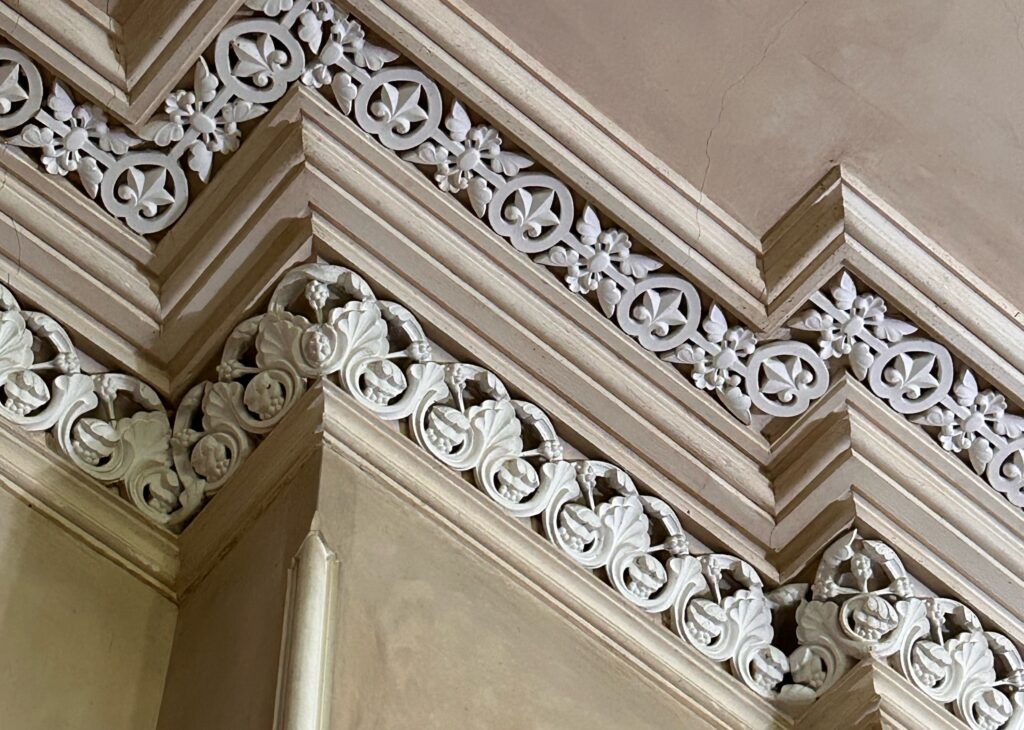


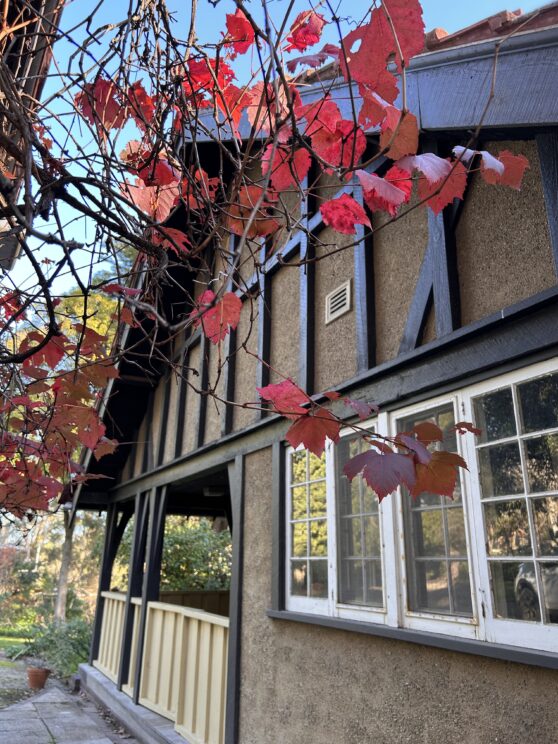

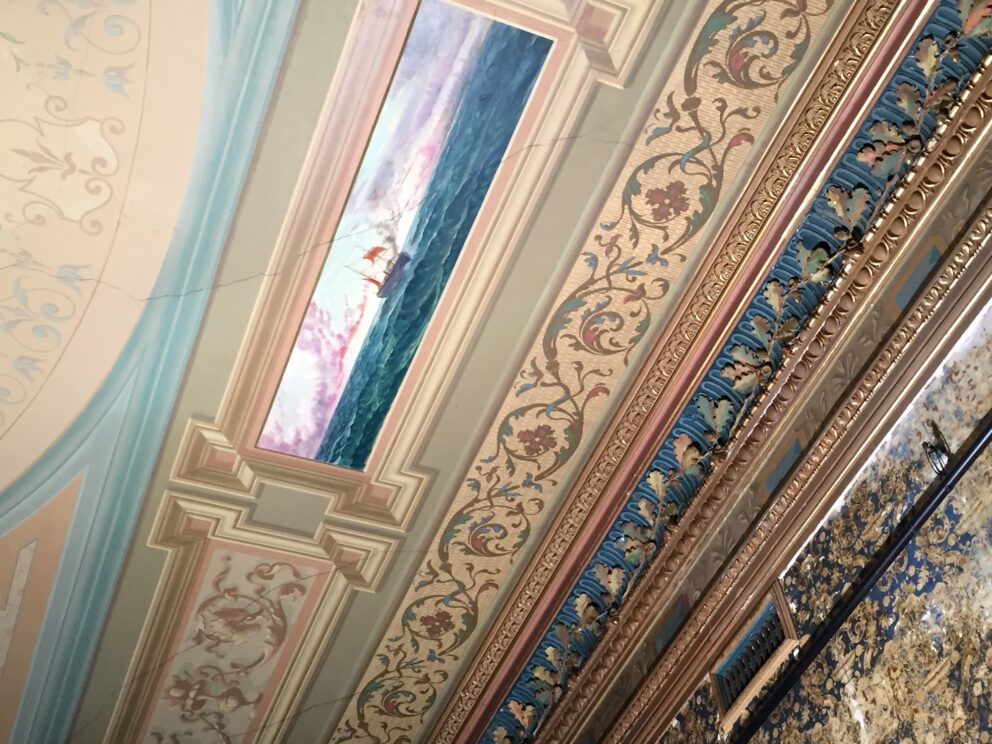
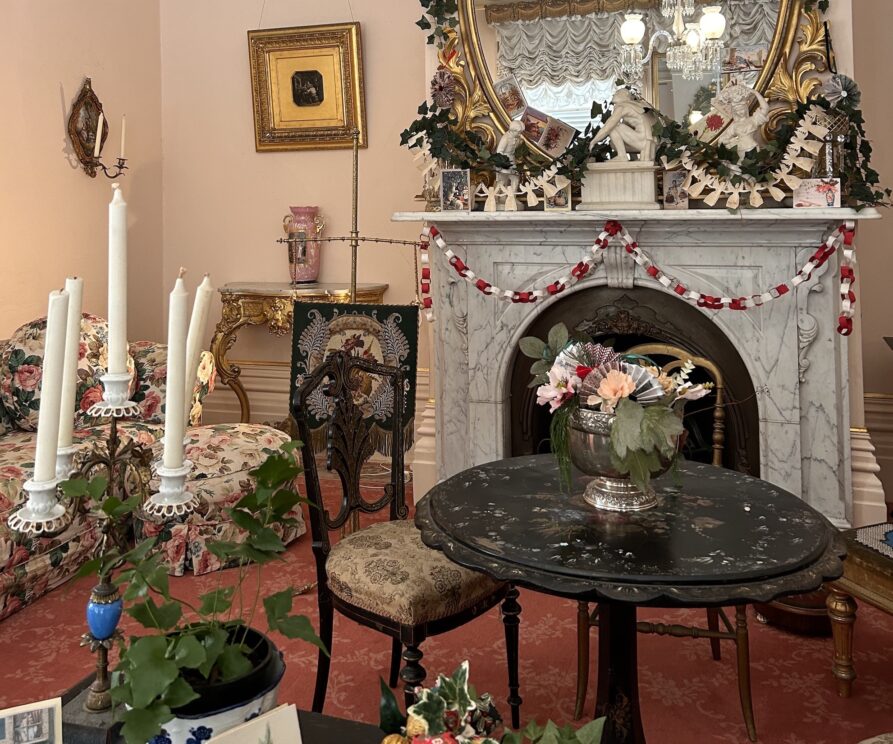

+ There are no comments
Add yours